13 Best Herbal Creams For Nipple Pain During Breastfeeding
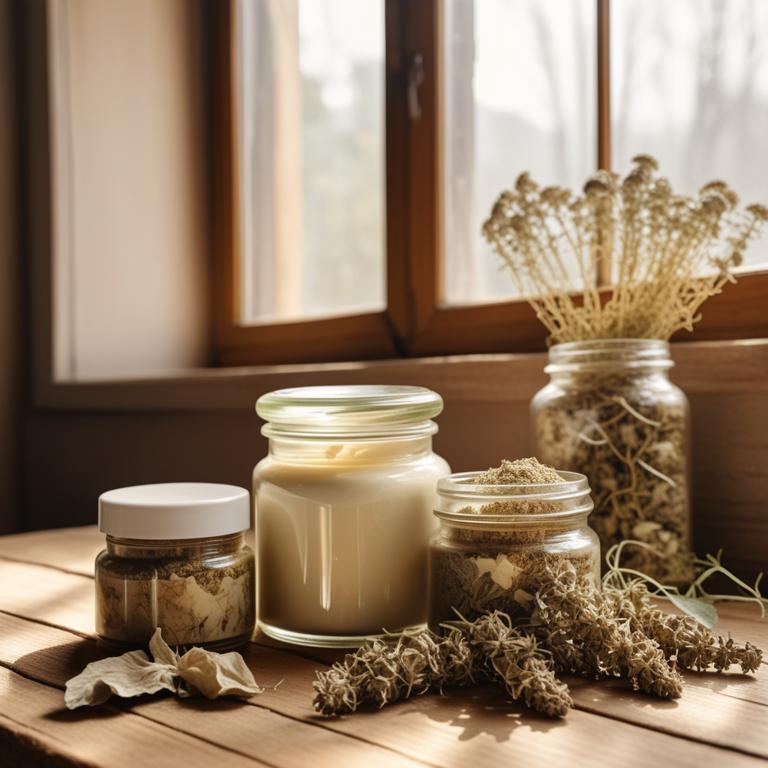
Herbal creams for nipple pain during breastfeeding are topical ointments made from natural herbs and plants that aim to alleviate discomfort, soreness, and irritation associated with breastfeeding.
These creams often contain ingredients such as aloe vera, calendula, chamomile, and tea tree oil, which have anti-inflammatory and soothing properties that can help to heal and calm the nipple area.
The benefits of using herbal creams to treat nipple pain during breastfeeding include reduced inflammation, faster healing, and increased comfort for both the mother and baby.
Examples of herbal creams that can be used to treat nipple pain during breastfeeding include lanolin-based creams infused with herbs like lavender and peppermint, and creams made from natural oils like coconut and olive oil, which can help to moisturize and protect the nipple area.
According to "Journal of pharmacopuncture", creams for nipple pain during breastfeeding can be effective, specifically those containing menthol, as warm water compresses and teaching correct breastfeeding methods also showed to be effective treatments.
Below there's a list of the 13 best herbal creams for nipple pain during breastfeeding.
- 1. Aloe barbadensis creams
- 2. Calendula officinalis creams
- 3. Lavandula angustifolia creams
- 4. Symphytum officinale creams
- 5. Arnica montana creams
- 6. Chamomilla recutita creams
- 7. Hamamelis virginiana creams
- 8. Melaleuca alternifolia creams
- 9. Eucalyptus globulus creams
- 10. Mentha x piperita creams
- 11. Silybum marianum creams
- 12. Cinchona officinalis creams
- 13. Sambucus nigra creams
Also you may be interested in...
TODAY'S FREE BOUNDLE
Herb Drying Checklist + Herbal Tea Shopping List + Medicinal Herbs Flashcards
Enter you best email address below to receive this bundle (3 product valued $19.95) for FREE + exclusive access to The Aphotecary Letter.
$19.95 -> $0.00
1. Aloe barbadensis creams
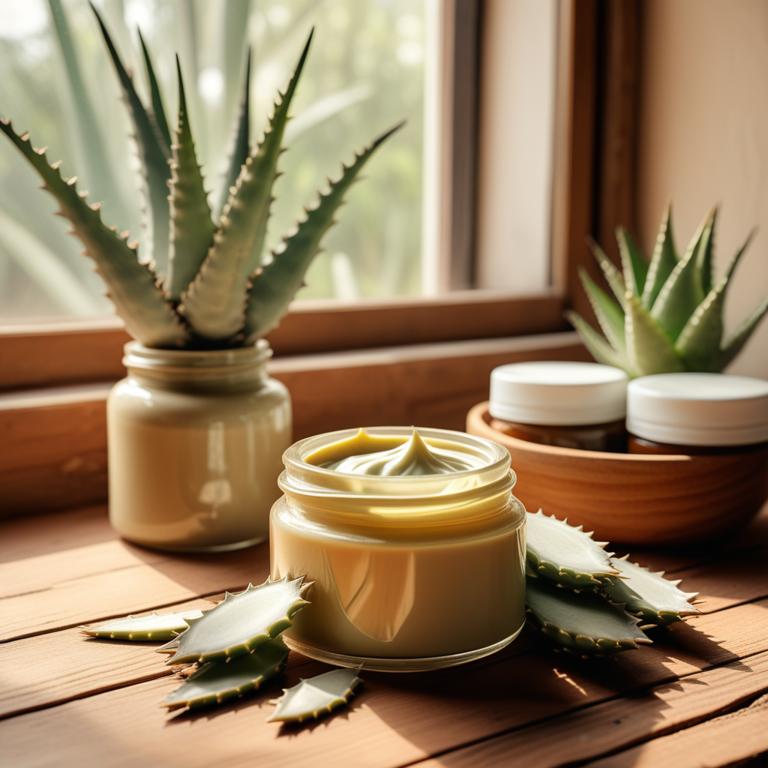
Aloe barbadensis creams have been traditionally used to treat nipple pain during breastfeeding, also known as nipple thrush or nipple soreness, due to their soothing and anti-inflammatory properties.
The gel extracted from the aloe vera plant helps to calm and protect the nipple tissue, reducing inflammation and discomfort associated with this ailment.
The bioactive constituents of Aloe barbadensis, including aloin, aloe-emodin, and vitamins A, C, and E, possess antimicrobial and antioxidant properties that help to combat fungal infections and promote wound healing.
By using Aloe barbadensis creams, breastfeeding mothers can experience relief from nipple pain and discomfort, allowing them to continue nursing their babies with confidence.
Related Study
According to the study, Aloe barbadensis creams may have beneficial effects in preventing and treating nipple pain and fissures during breastfeeding.
2. Calendula officinalis creams
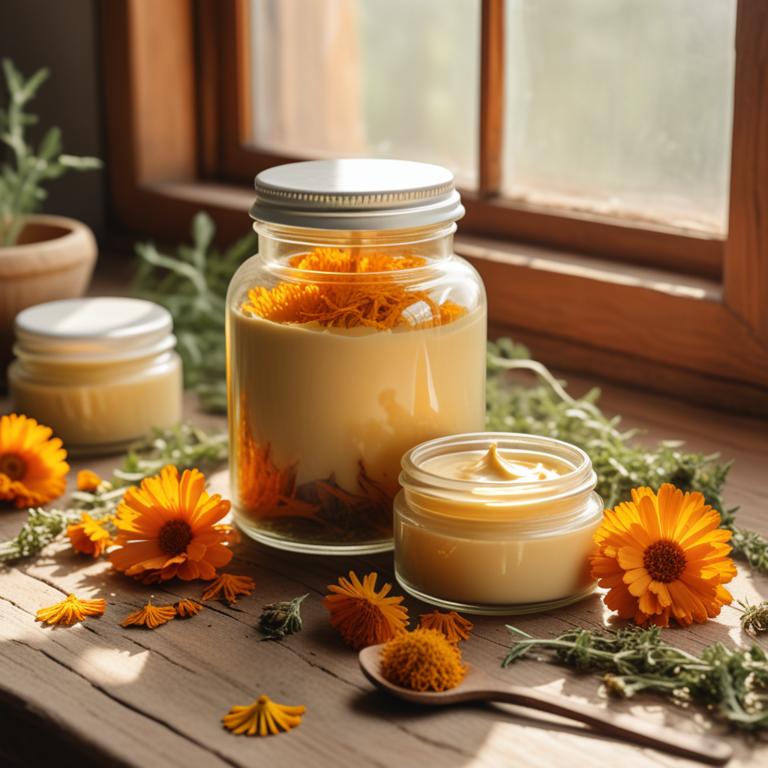
Calendula officinalis creams have been traditionally used to treat nipple pain during breastfeeding, also known as nipple thrush or nipple soreness, due to its anti-inflammatory and antimicrobial properties.
The bioactive constituents of Calendula officinalis, such as triterpenoids and flavonoids, help to soothe and protect the nipple tissue, reducing inflammation and promoting healing.
By applying Calendula officinalis creams to the affected area, breastfeeding mothers can experience relief from discomfort and pain, allowing them to continue nursing their baby without interruption.
The benefits of using Calendula officinalis creams include reduced risk of infection, accelerated healing time, and improved overall comfort, making it a popular natural remedy for nipple pain during breastfeeding.
3. Lavandula angustifolia creams
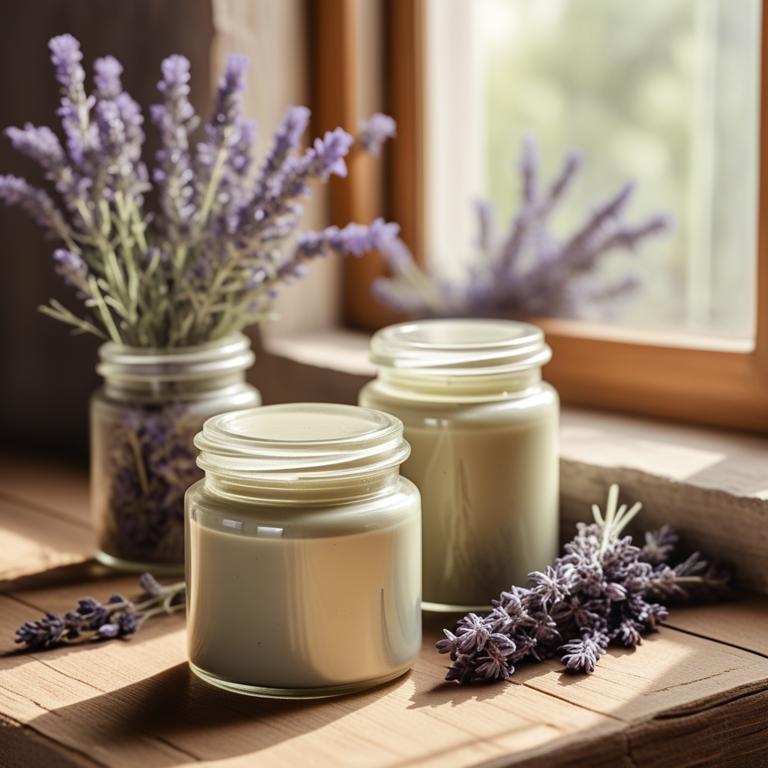
Lavandula angustifolia creams are a natural remedy used to alleviate nipple pain during breastfeeding, also known as nipple thrush or nipple soreness.
The antifungal and anti-inflammatory properties of these creams help to soothe and protect the nipple, promoting a healthy environment for breastfeeding.
The bioactive constituents, including linalool and linalyl acetate, found in Lavandula angustifolia have been shown to exhibit antimicrobial and wound-healing properties, making them effective in treating nipple pain.
By using these creams, breastfeeding mothers can experience a reduction in nipple soreness and discomfort, promoting a more comfortable and successful breastfeeding experience.
4. Symphytum officinale creams
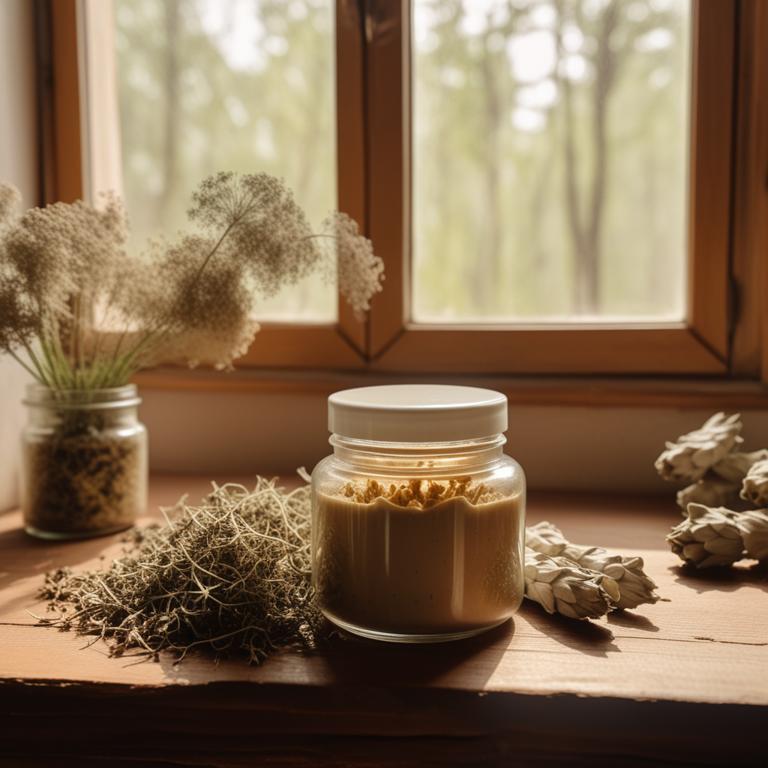
Symphytum officinale creams have been traditionally used to treat nipple pain during breastfeeding, also known as nipple thrush or nipple soreness, due to its anti-inflammatory and soothing properties.
The herbal preparation helps to treat this ailment by reducing inflammation and promoting wound healing, making it a popular natural remedy among breastfeeding mothers.
The bioactive constituents of Symphytum officinale, including allantoin and rosmarinic acid, have been shown to have anti-inflammatory and antioxidant effects, contributing to its therapeutic benefits.
By using Symphytum officinale creams, breastfeeding mothers can experience relief from nipple pain and promote a healthy and comfortable breastfeeding experience.
5. Arnica montana creams
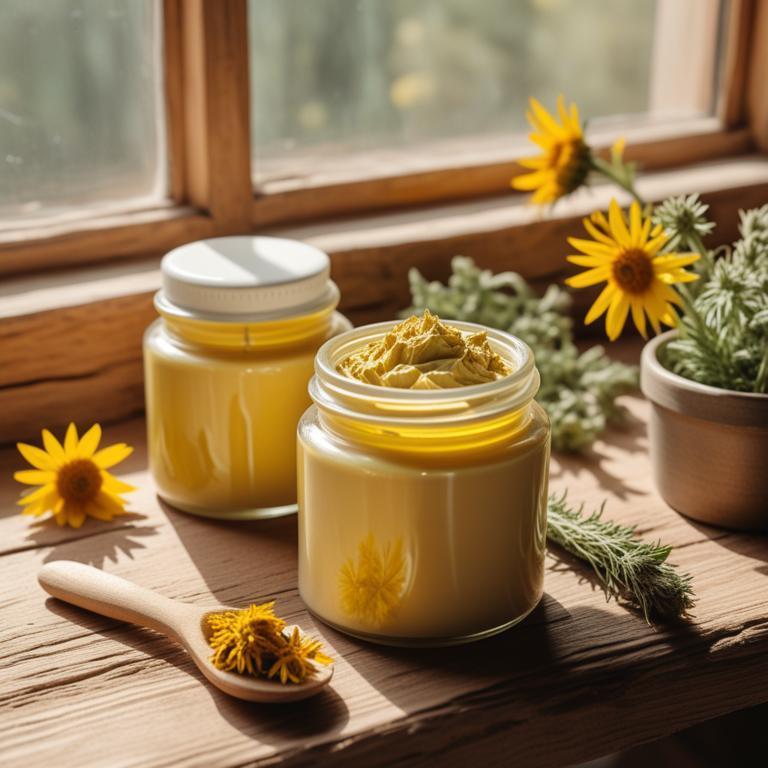
Arnica montana creams have been traditionally used to treat nipple pain during breastfeeding, also known as nipple trauma or nipple soreness, which can be caused by frequent breastfeeding, poor latch, or other factors.
The anti-inflammatory and analgesic properties of Arnica montana creams help to reduce pain and swelling in the affected area, promoting healing and relief from discomfort.
The bioactive constituents of Arnica montana, including sesquiterpene lactones and flavonoids, are responsible for its analgesic and anti-inflammatory effects, which help to soothe and protect the nipple tissue.
By applying Arnica montana creams regularly, breastfeeding mothers can experience significant relief from nipple pain and promote a healthier and more comfortable breastfeeding experience.
6. Chamomilla recutita creams
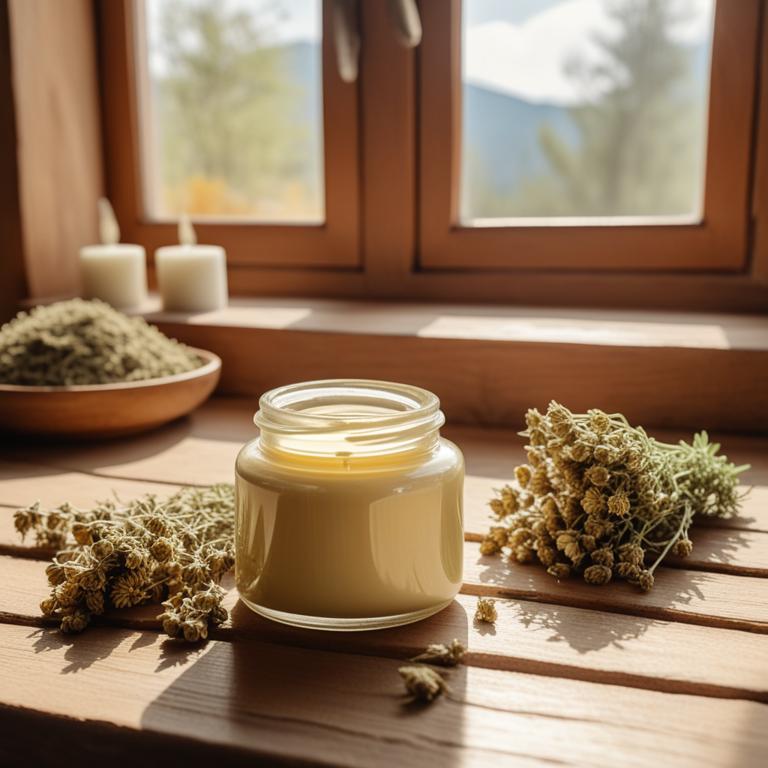
Chamomilla recutita creams have been traditionally used to treat nipple pain during breastfeeding, a common ailment known as nipple thrush or nipple candidiasis.
The soothing and anti-inflammatory properties of Chamomilla recutita creams help to reduce discomfort and promote healing of the affected area.
The bioactive constituents of Chamomilla recutita, such as apigenin and bisabolol, have antimicrobial and anti-inflammatory effects that contribute to its therapeutic benefits.
By using Chamomilla recutita creams, breastfeeding mothers can experience relief from nipple pain and inflammation, allowing them to continue breastfeeding with comfort and confidence.
7. Hamamelis virginiana creams
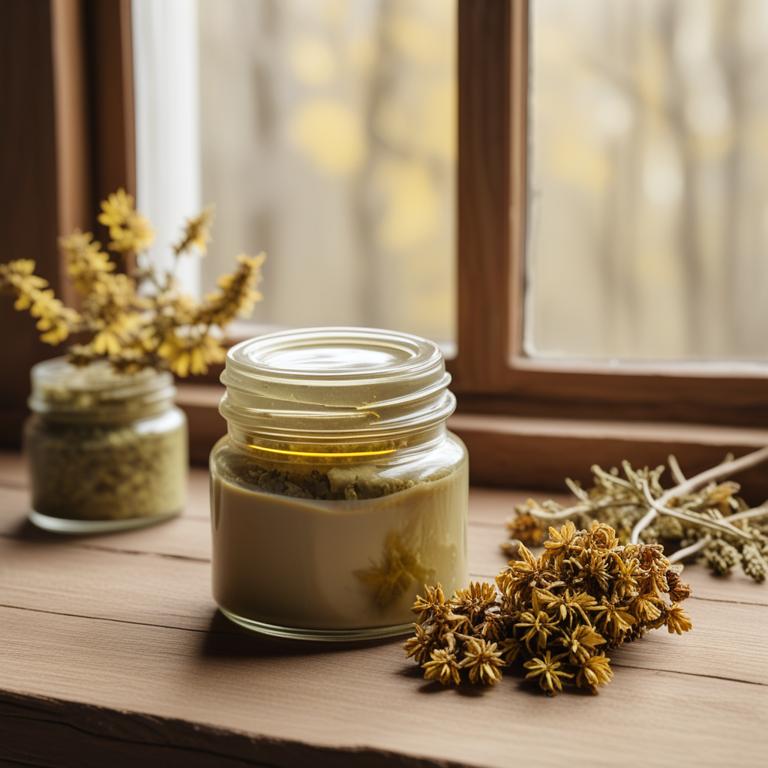
Hamamelis virginiana creams have been traditionally used to treat nipple pain during breastfeeding, also known as nipple thrush or nipple soreness, due to its anti-inflammatory and antiseptic properties.
These herbal preparations help to treat the ailment by providing relief from pain, promoting wound healing, and reducing inflammation in the affected area.
The bioactive constituents of Hamamelis virginiana creams, including tannins and phenolic acids, have been found to exhibit antimicrobial and anti-inflammatory activities, which contribute to their therapeutic effects in treating nipple thrush.
The benefits of using Hamamelis virginiana creams to treat nipple pain during breastfeeding include quick relief from discomfort, prevention of infection, and promotion of a healthy breastfeeding experience.
8. Melaleuca alternifolia creams
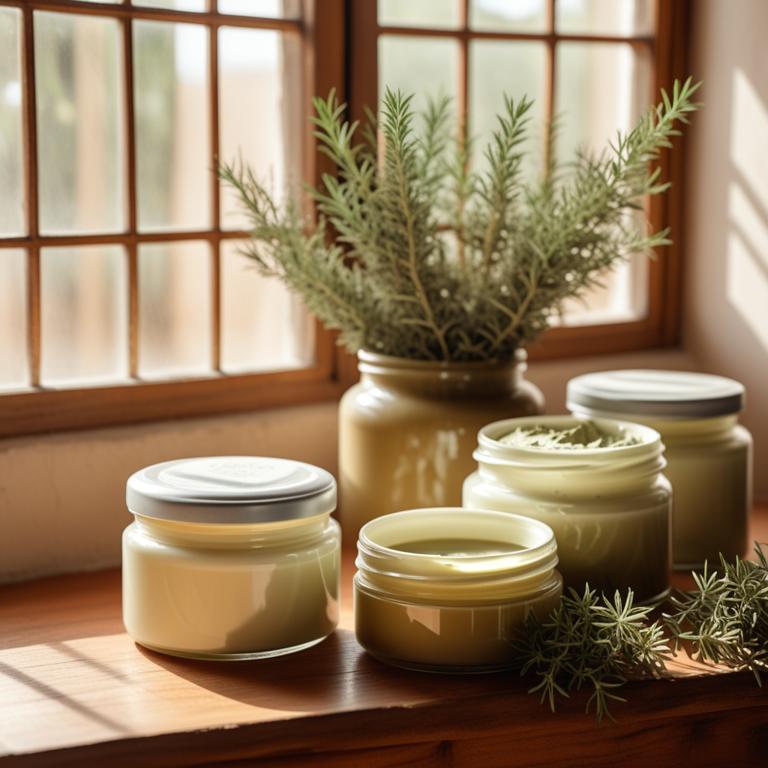
Melaleuca alternifolia creams, also known as tea tree oil creams, have been traditionally used to treat nipple pain during breastfeeding, a common condition known as nipple thrush or nipple soreness.
The antibacterial and anti-inflammatory properties of this herbal preparation help to soothe and calm the affected area, reducing pain and discomfort.
The bioactive constituents of Melaleuca alternifolia, such as terpinen-4-ol and cineole, possess antimicrobial and anti-inflammatory properties that contribute to its therapeutic effects.
By using Melaleuca alternifolia creams, breastfeeding mothers can experience relief from nipple pain and promote a healthy breastfeeding experience.
9. Eucalyptus globulus creams
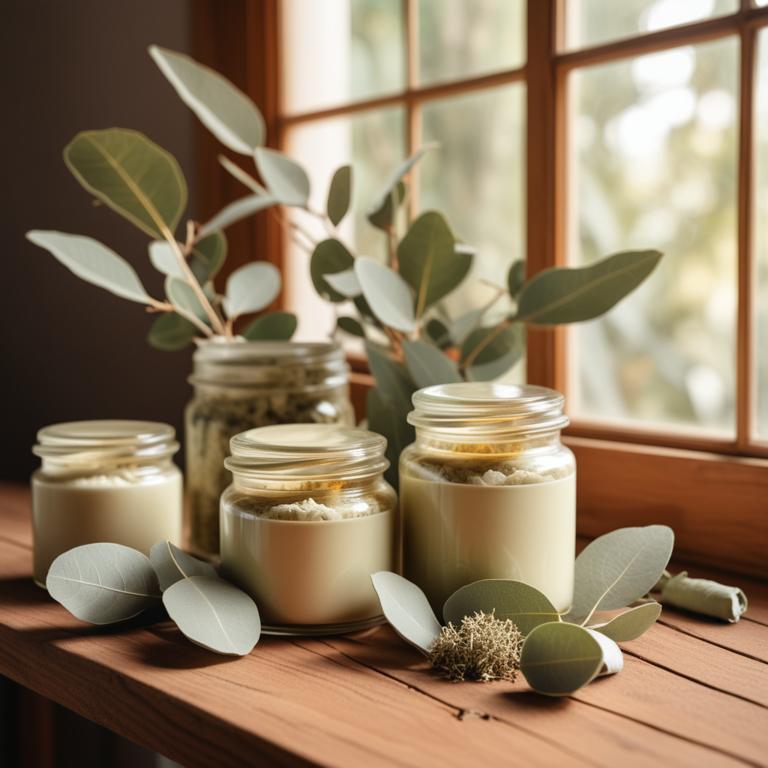
Eucalyptus globulus creams have been traditionally used to treat nipple pain during breastfeeding, also known as nipple thrush.
The anti-inflammatory and antifungal properties of this herbal preparation help to soothe and heal the affected area, reducing pain and discomfort.
The bioactive constituents of Eucalyptus globulus, including cineole and globulol, have been found to possess antimicrobial and anti-inflammatory effects, which help to combat fungal and bacterial infections that can cause nipple thrush.
By using Eucalyptus globulus creams, breastfeeding mothers can experience relief from nipple pain and promote a healthy breastfeeding experience.
10. Mentha x piperita creams
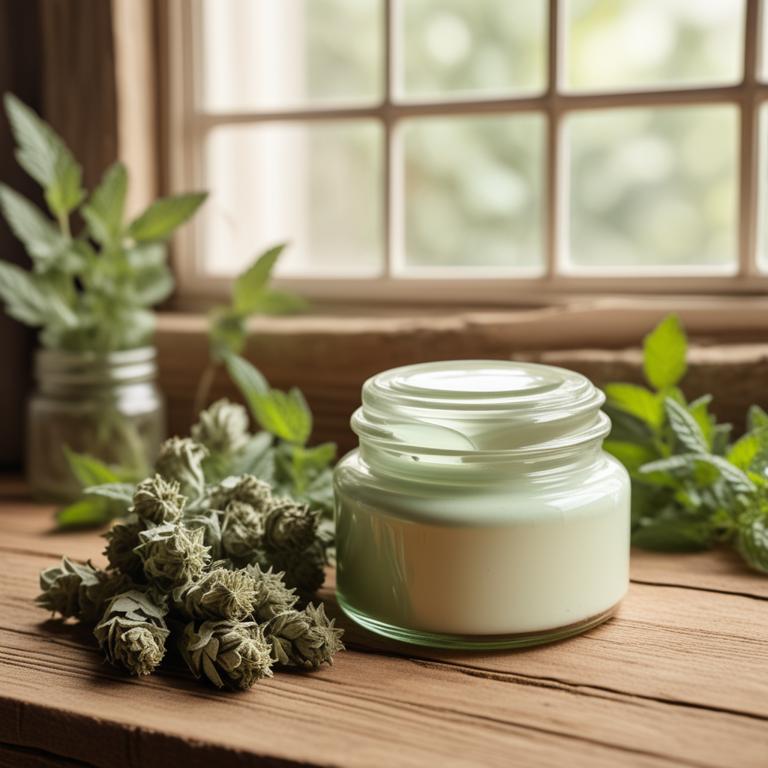
Mentha x piperita creams, also known as peppermint creams, have been traditionally used to treat nipple pain during breastfeeding, a common issue known as nipple thrush or nipple soreness.
The anti-inflammatory and antiseptic properties of menthol in these creams help to soothe and calm the affected area, reducing pain and discomfort.
The bioactive constituents of menthol, such as menthone and limonene, in these creams have antifungal and antibacterial effects that help to combat the underlying fungal or bacterial infection causing the nipple pain.
The benefits of using Mentha x piperita creams to treat nipple pain during breastfeeding include rapid pain relief, reduced inflammation, and prevention of further infection, making them a popular natural remedy for this condition.
11. Silybum marianum creams
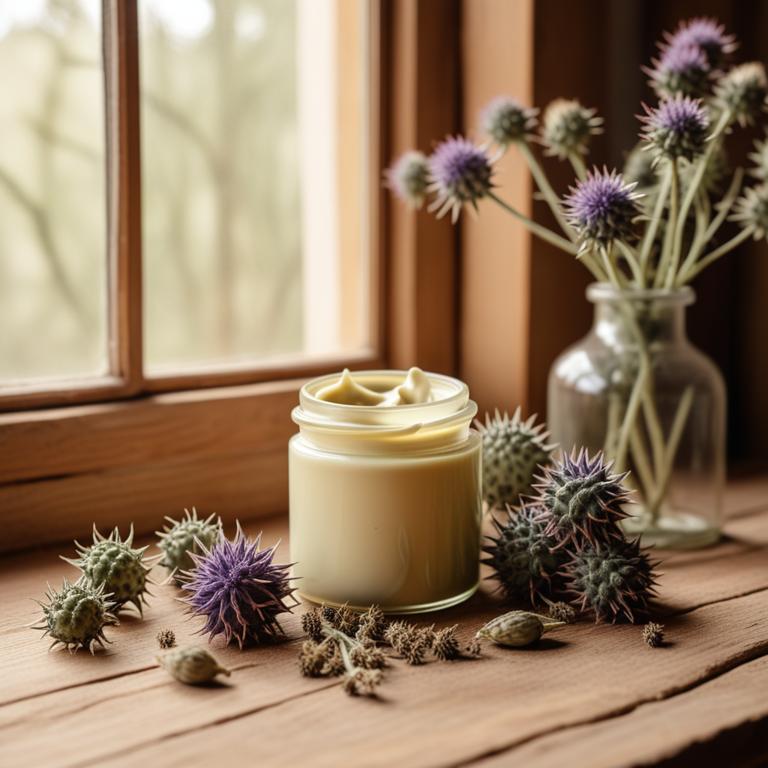
Silybum marianum creams have gained attention for their potential in alleviating nipple pain during breastfeeding, a common issue affecting many lactating mothers.
The anti-inflammatory properties of Silybum marianum, attributed to the bioactive constituents such as flavonoids and silymarin, help to reduce inflammation and discomfort associated with nipple pain.
These creams work by soothing the nipple area, reducing pain and promoting healing, which in turn enables mothers to continue breastfeeding with minimal discomfort.
The benefits of using Silybum marianum creams include a reduction in pain, improved wound healing, and a lower risk of nipple trauma, ultimately supporting the overall breastfeeding experience.
12. Cinchona officinalis creams
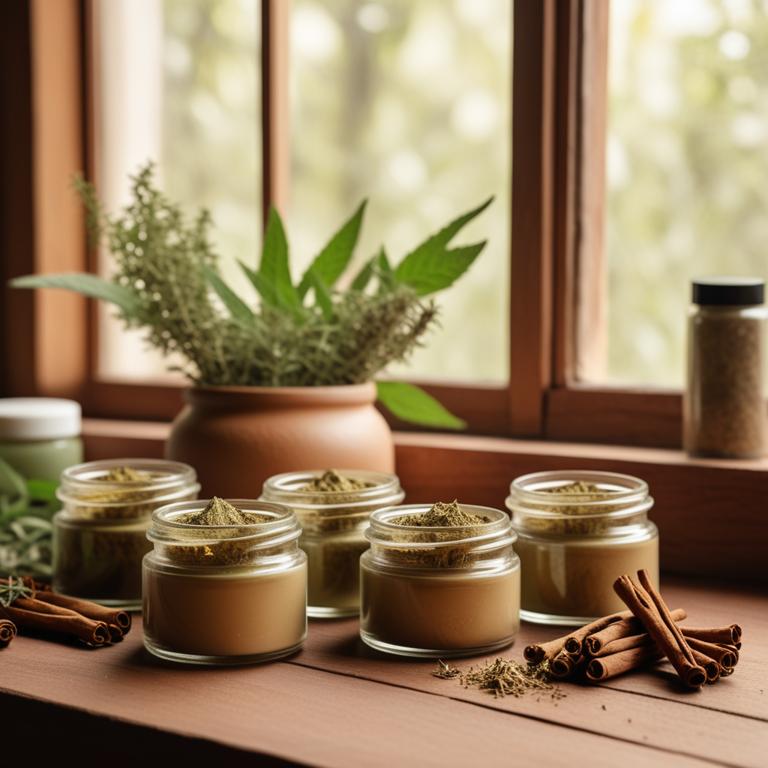
Cinchona officinalis creams have been traditionally used to treat nipple pain during breastfeeding, a common ailment known as nipple thrush or nipple candidiasis.
The anti-inflammatory and antifungal properties of Cinchona officinalis help to soothe and heal the affected area, reducing discomfort and pain.
The bioactive constituents of Cinchona officinalis, such as quinine and alkaloids, have been found to inhibit the growth of fungal pathogens, including Candida albicans, which causes nipple thrush.
By using Cinchona officinalis creams, breastfeeding mothers can benefit from natural and effective relief from nipple pain, promoting a comfortable and successful breastfeeding experience.
13. Sambucus nigra creams
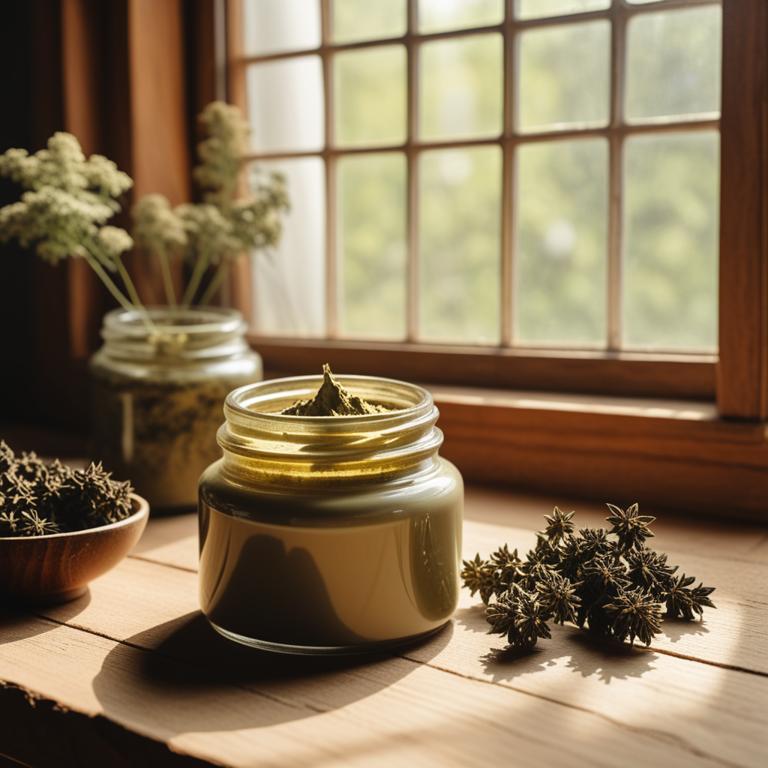
Sambucus nigra creams, derived from the elder tree, have been traditionally used to treat nipple pain during breastfeeding, also known as nipple thrush or nipple candidiasis.
The antifungal and anti-inflammatory properties of Sambucus nigra help to soothe and calm the nipple tissue, reducing pain and discomfort associated with this ailment.
The bioactive constituents of Sambucus nigra, including flavonoids and phenolic acids, have been shown to exhibit antimicrobial activity, which helps to eliminate the fungal infection causing the nipple pain.
By using Sambucus nigra creams, breastfeeding mothers can experience relief from nipple pain, promote healing, and continue to nurse their babies without interruption.